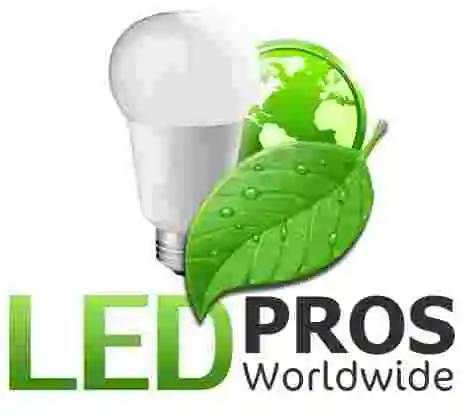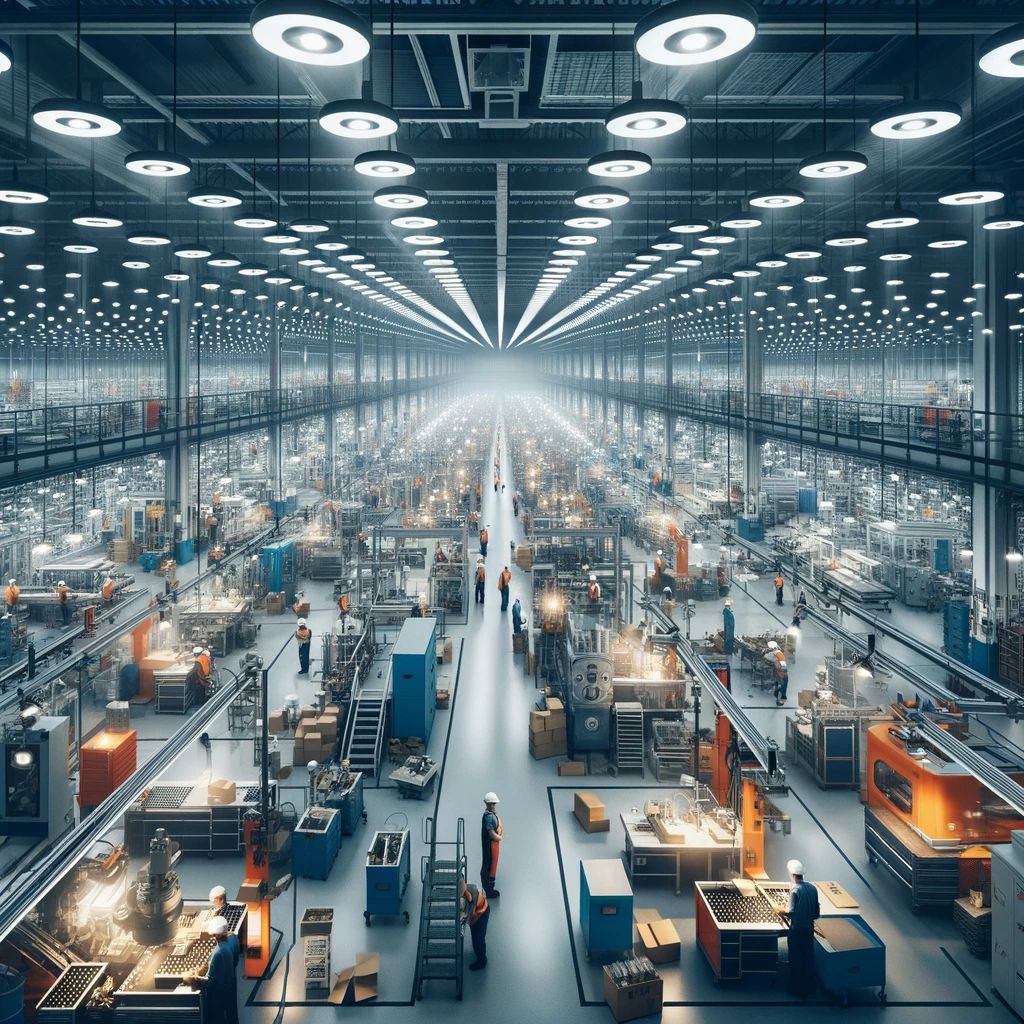Illuminating the Future: The Ultimate Guide to Hangar Lighting Solutions. When it comes to aircraft storage and maintenance, proper illumination isn’t just a luxury—it’s a necessity. Hangar lighting plays a crucial role in ensuring safety, efficiency, and productivity in these vast, often challenging spaces. But with technology evolving at breakneck speed, what’s the best way to light up your hangar? Let’s dive into the world of hangar lighting and explore how recent innovations are transforming the industry.
The Evolution of Hangar
Lighting: From Incandescent to Intelligent
The Old Guard: Traditional Lighting Systems
Remember the days when hangars were lit by rows of buzzing fluorescent tubes or energy-hungry metal halide lamps? While these systems served their purpose, they came with a host of drawbacks. High energy consumption, frequent burnouts, and poor color rendering were just a few of the headaches facility managers had to deal with.
Enter the LED Revolution
Then came the LED revolution, and boy, did it shake things up! LED technology brought with it a slew of benefits that seemed almost too good to be true. Longer lifespan, lower energy consumption, and superior light quality? Sign us up!
The Smart Lighting Era
But the innovation didn’t stop there. We’re now entering the era of smart lighting systems, where hangar illumination isn’t just about brightness—it’s about intelligence. These systems can adapt to natural light conditions, occupancy, and even specific tasks being performed in different areas of the hangar.
Why Proper Hangar Lighting Matters
Before we delve deeper into the nitty-gritty of lighting solutions, let’s take a moment to consider why hangar lighting is so darn important:
1. Safety First: Good lighting reduces the risk of accidents and injuries.
2. Precision Work: Detailed maintenance tasks require excellent visibility.
3. Energy Efficiency: Modern systems can significantly cut down on energy costs.
4. Compliance: Many aviation authorities have specific lighting requirements for hangars.
5. Asset Protection: Proper lighting helps in monitoring and protecting valuable aircraft.
LED High Bay Lighting: The New Standard in Hangar
Illumination
Why LED High Bays are Taking Off
LED high bay lights have become the go-to choice for hangar lighting, and for good reason. These powerful fixtures offer:
– Exceptional brightness and coverage
– Low heat emission
– Instant-on capability (no warm-up time)
– Excellent color rendering for accurate inspections
– Long lifespan, often exceeding 50,000 hours
Choosing the Right LED High Bay for Your Hangar
When selecting LED high bay lights for your hangar, consider these factors:
– Lumen output: Ensure sufficient brightness for your space
– Color temperature: Typically, 4000K-5000K works well for hangars
– Beam angle: Wide angles for general lighting, narrower for focused areas
– IP rating: Look for fixtures with appropriate dust and moisture protection
Beyond the Hangar: LED Outdoor Lights for Surrounding Areas
Illuminating the Bigger Picture
While we’re focusing on hangar lighting, let’s not forget about the importance of outdoor illumination. LED outdoor lights are essential for:
– Aircraft parking areas
– Taxiways and aprons
– Security perimeters
– Access roads and parking lots
The Benefits of LED Outdoor Lights
Switching to LED outdoor lights offers numerous advantages:
– Improved visibility and safety
– Reduced light pollution with better-directed illumination
– Lower energy consumption compared to traditional outdoor lighting
– Longer lifespan, reducing maintenance needs
– Better performance in cold weather conditions
Smart Control Systems: The Brain Behind Modern Hangar Lighting
Taking Lighting to New Heights
Smart control systems are revolutionizing how we manage hangar lighting. These systems can:
– Automatically adjust lighting levels based on natural light
– Turn off or dim lights in unoccupied areas
– Create custom lighting scenes for different tasks or events
– Provide detailed energy usage data for optimization
Implementing Smart Controls in Your Hangar
To make the most of smart lighting controls:
1. Assess your specific needs and operational patterns
2. Choose a system that integrates well with your existing infrastructure
3. Consider future expansion and technology updates
4. Train your staff on system usage and maintenance
# Energy Efficiency and Cost Savings: The Bottom Line
Crunching the Numbers
Let’s talk dollars and cents. Upgrading to modern LED hangar lighting can lead to significant savings:
– Up to 75% reduction in energy consumption compared to traditional systems
– Decreased maintenance costs due to longer fixture lifespans
– Potential rebates and incentives from utility companies or government programs
Real-World Example
Consider this: A medium-sized hangar that switches from metal halide to LED high bay lighting might see:
– Initial investment: $50,000
– Annual energy savings: $15,000
– Maintenance savings: $5,000 per year
– Payback period: Less than 3 years
After the payback period, that’s $20,000 in savings each year. Not too shabby, eh?
Overcoming Challenges in Hangar Lighting Design
Tackling the Tough Spots
Designing an effective lighting system for a hangar isn’t without its challenges. Here are some common issues and how to address them:
1. Glare on aircraft surfaces
– Solution: Use fixtures with appropriate glare control and strategic placement
2. Shadows in work areas
– Solution: Implement task lighting or adjustable fixtures for critical work zones
3. Lighting tall vertical surfaces (like aircraft tails)
– Solution: Consider wall-mounted or specially angled fixtures
4. Adapting to changing hangar layouts
– Solution: Opt for modular lighting systems that can be easily reconfigured
# The Future of Hangar Lighting: What’s on the Horizon?
Innovations to Watch
The world of hangar lighting continues to evolve. Keep an eye out for these exciting developments:
– Human-centric lighting that adapts to circadian rhythms
– Integration with building management systems for holistic facility control
– Advanced sensors for even more precise lighting control and energy savings
– Sustainable manufacturing processes for lighting fixtures
Frequently Asked Questions
1. How often should I replace my hangar lighting fixtures?
With LED technology, you can expect a lifespan of 50,000 to 100,000 hours, which could mean 10-20 years before replacement is necessary.
2. Are there any safety concerns with LED lighting in hangars?
LEDs are generally very safe, producing less heat and containing no mercury. However, ensure your fixtures are properly rated for the hangar environment.
3. Can I retrofit my existing hangar lighting system with LEDs?
In many cases, yes! Retrofit kits are available that can convert your existing fixtures to LED, often without major modifications.
4. How do I calculate the ROI for upgrading my hangar lighting?
Consider factors like energy savings, maintenance reduction, and potential incentives. Many manufacturers offer ROI calculators to help with this process.
5. What color temperature is best for hangar lighting?
Most hangars benefit from a color temperature between 4000K and 5000K, which provides a bright, clear light that’s good for detailed work.
Conclusion: Lighting the Way Forward
As we’ve explored, the world of hangar lighting is bright with possibilities. From energy-efficient LED high bay fixtures to intelligent control systems and innovative outdoor solutions, there’s never been a better time to upgrade your hangar’s illumination.
By embracing these new technologies, you’re not just improving visibility—you’re enhancing safety, boosting productivity, and significantly reducing your operational costs. And let’s not forget the environmental benefits of lower energy consumption and reduced waste.
So, whether you’re building a new hangar or looking to upgrade an existing facility, remember that good lighting is an investment in your operation’s future. It’s time to step into the light and see your hangar—and your bottom line—in a whole new way.

